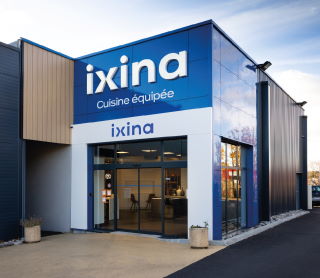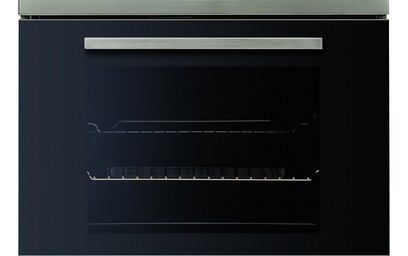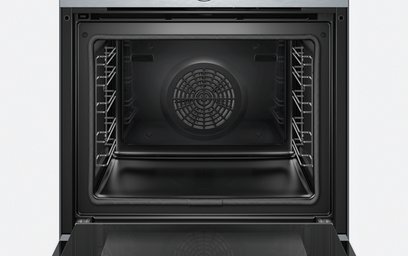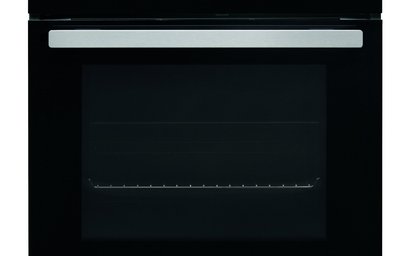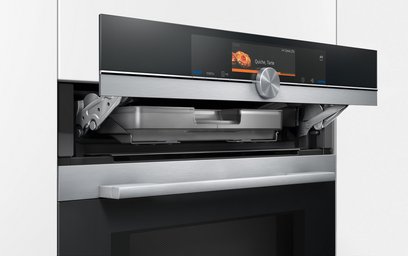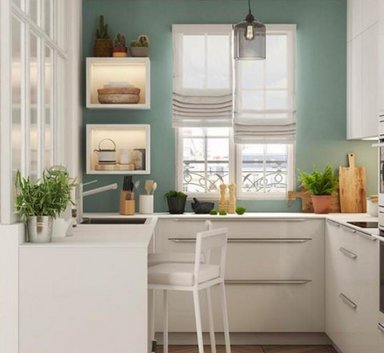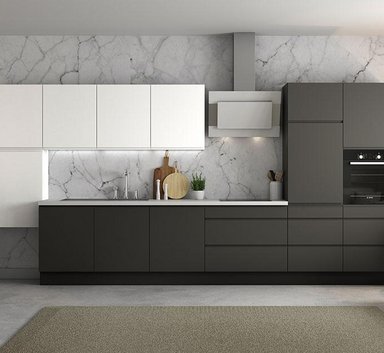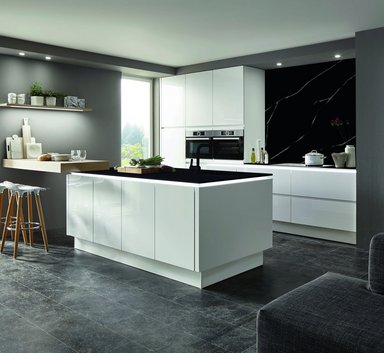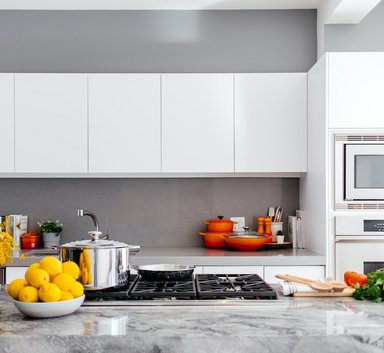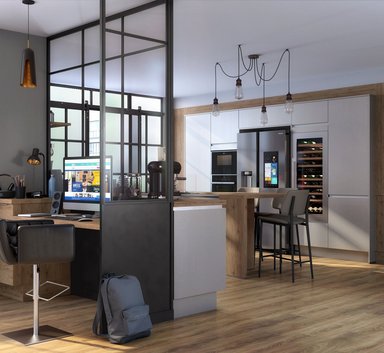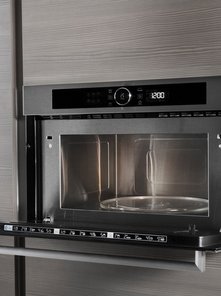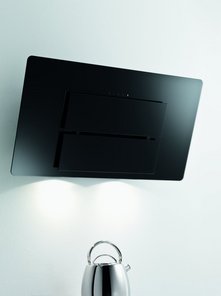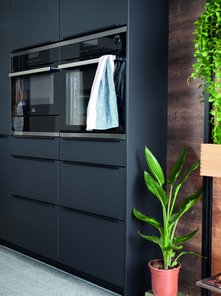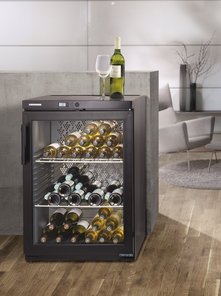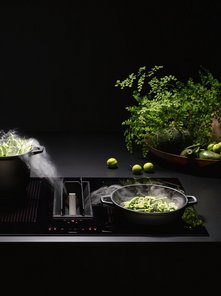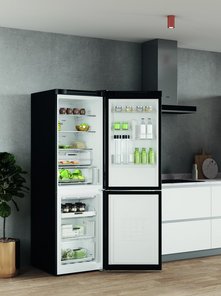It’s almost lunchtime and you can already smell something delicious in the oven... A central element of your kitchen, the built-in oven is your ally in preparing meals to share with family and friends. Whether a traditional or multifunction oven, convection heat or steam, choose the cooking mode best suited to how you cook.
The different cooking functions
Choosing the right built-in oven is primarily a question of budget and cooking habits. Are you a dab hand in the kitchen or a fan of quick and simple dishes? To help you to choose, ixina provides all the key characteristics of each type of oven.
Different types of cleaning for built-in ovens
Catalytic: The catalytic cleaning system absorbs grease particles through porous walls when the oven is above 200°C. However, residues on the grills and the door are not removed, so a little cleaning is still required. Pyrolytic: During pyrolytic cleaning, the temperature rises to 500°C to destroy all cooking residues (sugars and grease), for perfect results! Then just wipe with a sponge to remove the micro-ash.
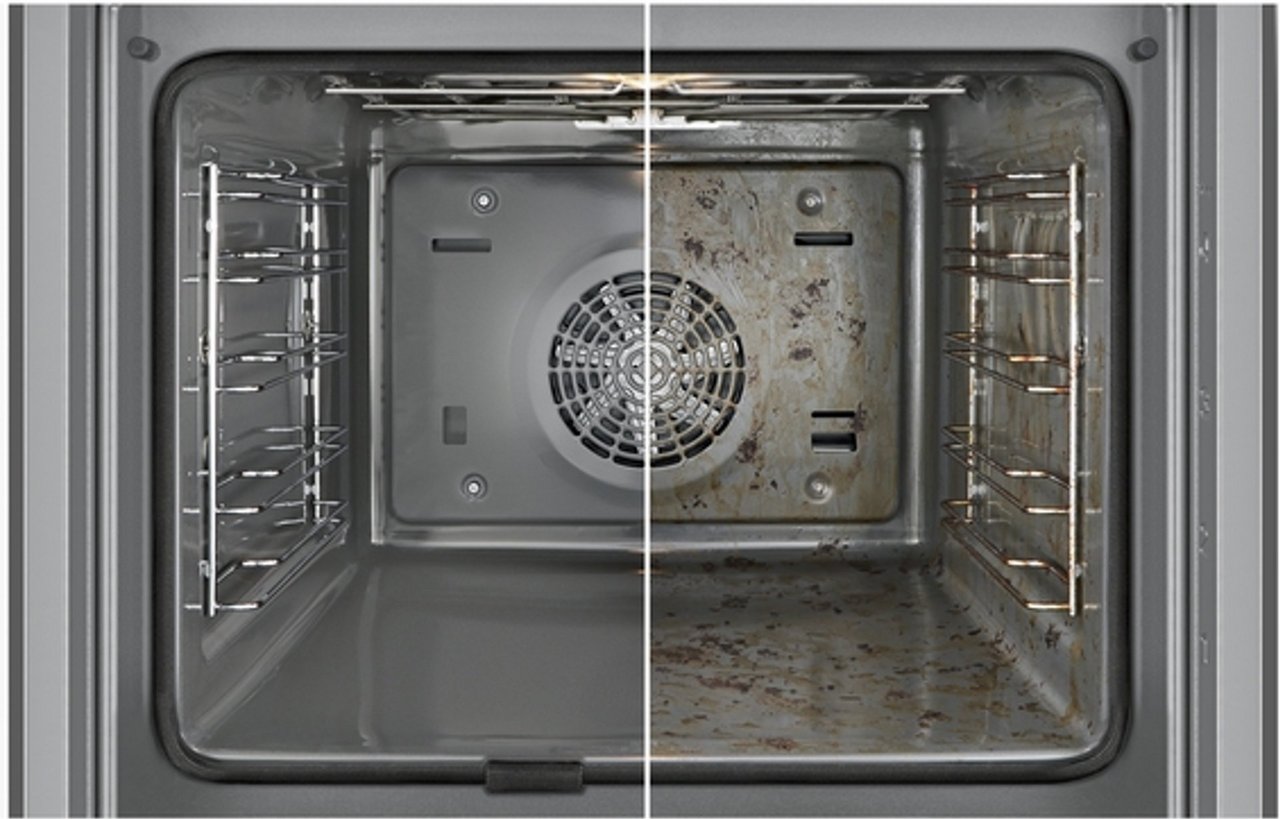

Who better than a kitchen designer
to talk to about your kitchen project?
Make an appointment with one of our advisors
to create your dream kitchen !
Nos autres équipements


